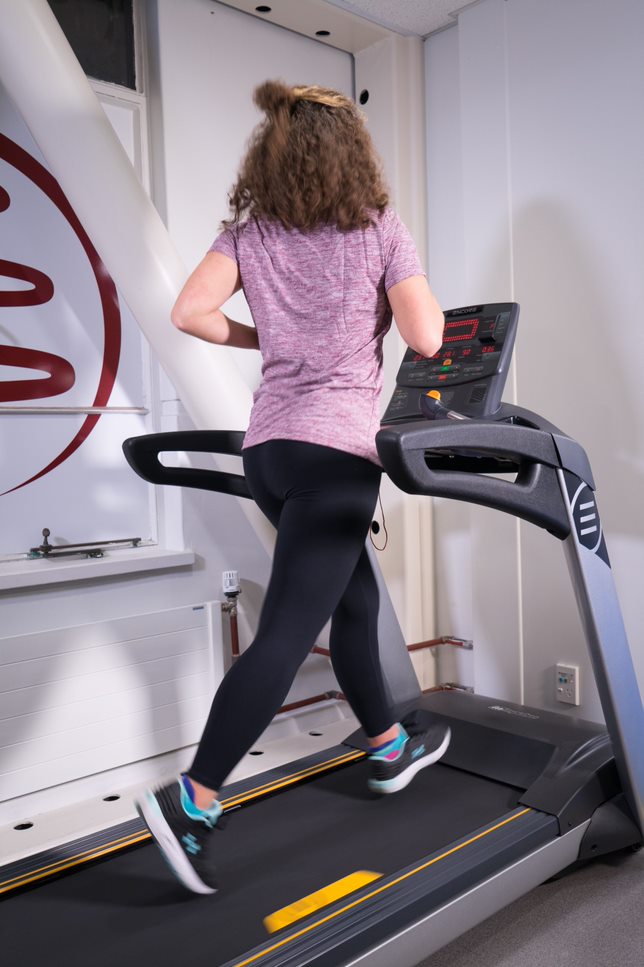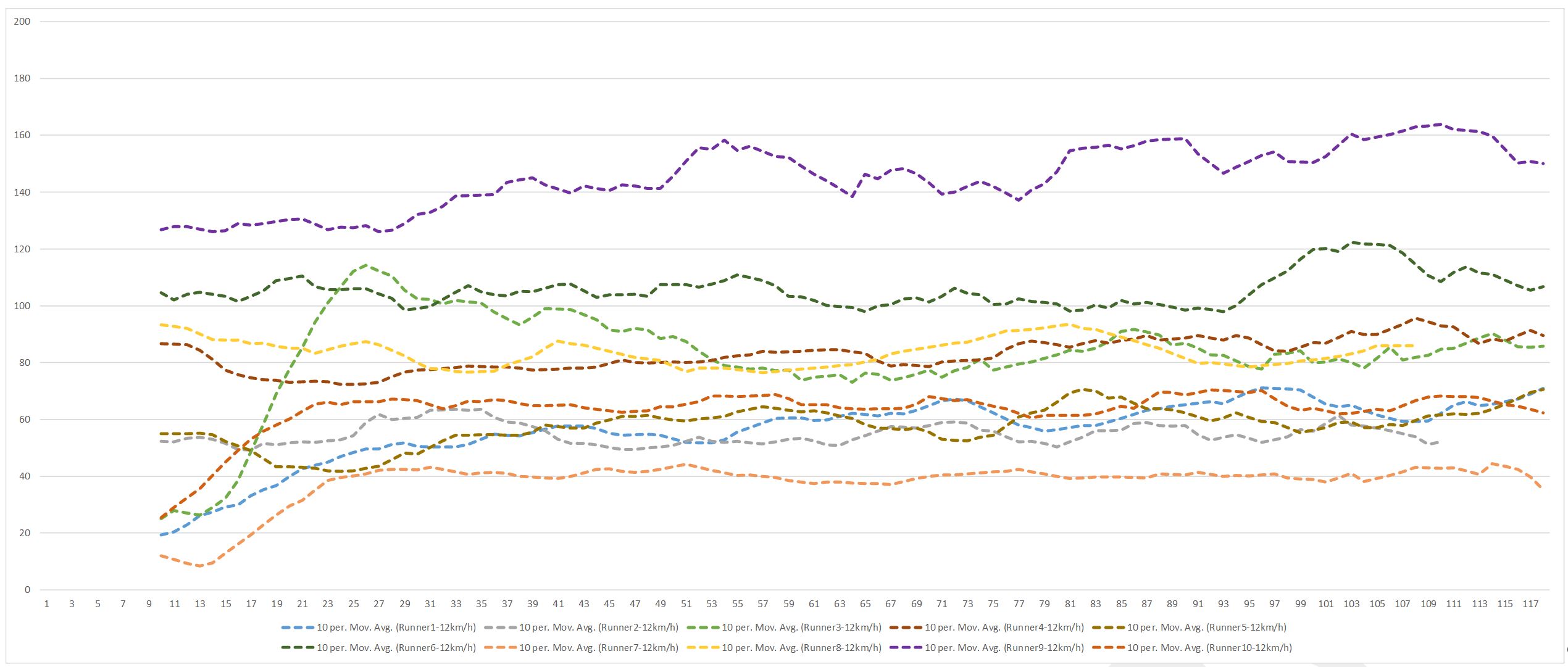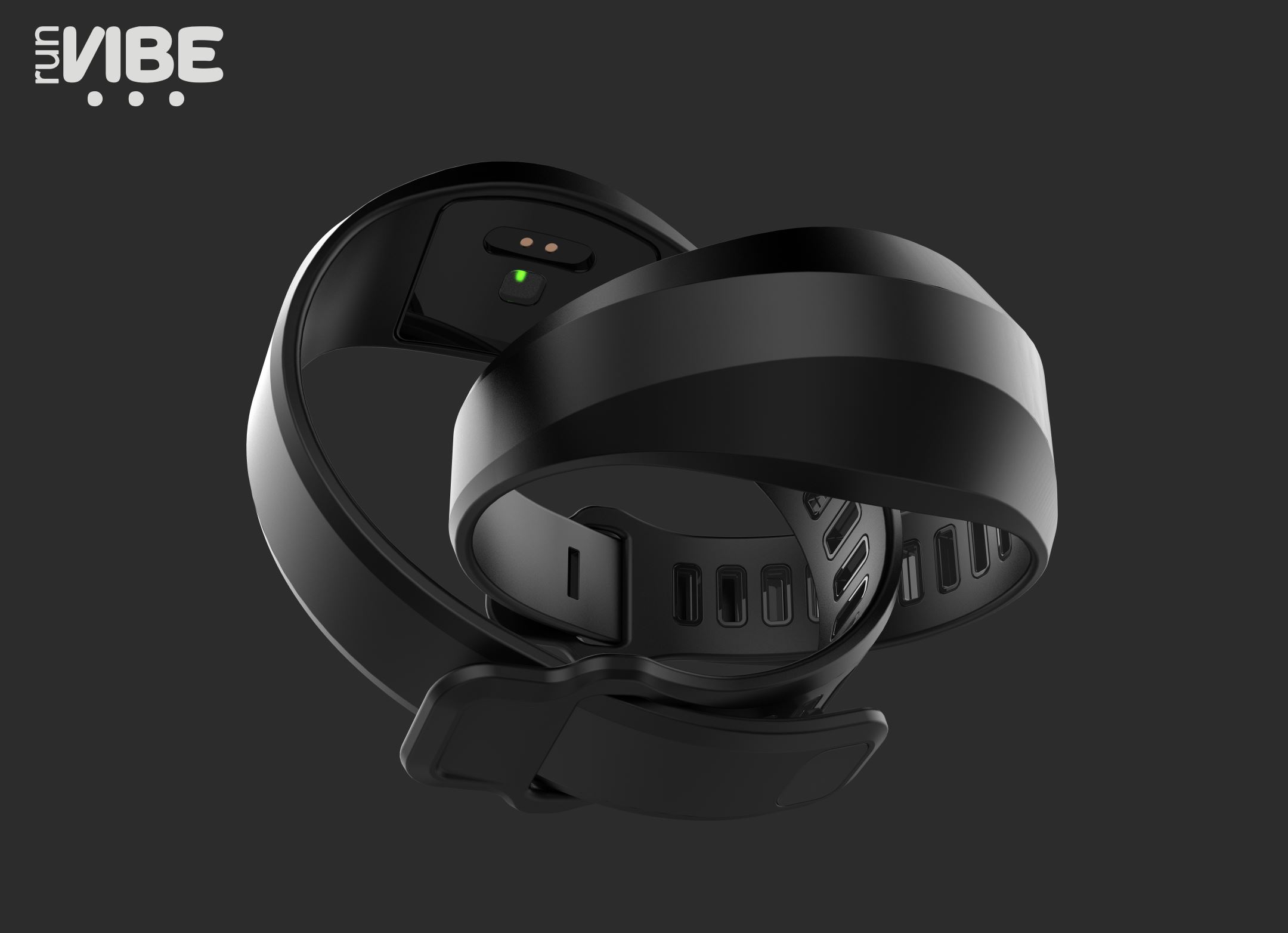A running economy metric derived from CoM velocity, ground contact time and collision angle based ground contact forces.
Team
Lisa Whiteman
Dean Whiteman
Thanks to ASCIS NZ for providing the running shoes used by all athletes in this study.
Categories
Running Economy
Research
Introduction
Running economy or efficiency is typically defined as the energy demand for a given velocity which is performed at an aerobic pace, and is usually determined by measuring the steady-state consumption of oxygen and the respiratory exchange ratio, to determine energy use. The measured value is typically adjusted based on the mass of the individual. Motion with good running economy/efficiency will use less energy than motion with poor running economy/efficiency at the same velocity.
There are many factors have been identified in various studies which are known to influence running efficiency or economy. Key factors include vertical components of the ground reaction force[1,10], Horizontal components of the ground reaction force[2,3], vertical leg spring stiffness[1], stride length [6,7,8], ground contact time [2,4] and smaller changes in CoM velocity during the ground contact phase[6].
Other areas which influence running economy/efficiency include physiological, anthropometrical and psychological factors such as Ventilation(VE), CTemp, muscle metabolism, muscle fibre-type, body composition, muscle stiffness, and storage and return of elastic energy[5].
We propose that fundamental aspects of these factors may be combined to approximate the overall efficiency of the biomechanical aspects of running economy for a distance runner. This proposed RE metric would combine the following key RE components –
- Horizontal and Vertical ground reaction forces ( as collisional angles), runner mass adjusted.
- Ground Contact Times
- Peak Velocity of the CoM during flight phase of the gait cycle.
Materials and Methods
The goals of this trial are –
-
- Confirm that the sensor algorithm returns valid values across differing runners and styles/techniques.
- Determine if there are any possible linkages between an athletes training state and running technique, and the running efficiency power metric measured by the runVibe sensor.
The running economy metric, output from the runVIBE sensor as a power value(watts), was measured while the test subjects ran at a steady state on a treadmill.
Running Shoes
Running shoes used by the test subjects were standardised to remove any variability associated with footwear. All test runners ran in ASICS Dynaflyte 3 running shoes.
Test Paces
Two speeds were chosen –
- A speed of 9Kmh where most subjects would be either well below or close to their aerobic heart rate threshold
- A speed of 12Kmh where well trained test subjects would be still within or close to their aerobic heart rate threshold but would be above other test subjects aerobic heart rates.
Test Time Frames
Testing was limited to a 2 minute timeframe to ensure that fatigue would have a minimal influence on the test athletes running technique.
Data Collection
Data was collected using a sport watch and blue tooth heart rate sensor.
Sport Watch : Suunto Spartan
Heart Rate : Polar OH1
Running Efficiency – runVIBE sensor ver2.0
Study Athletes
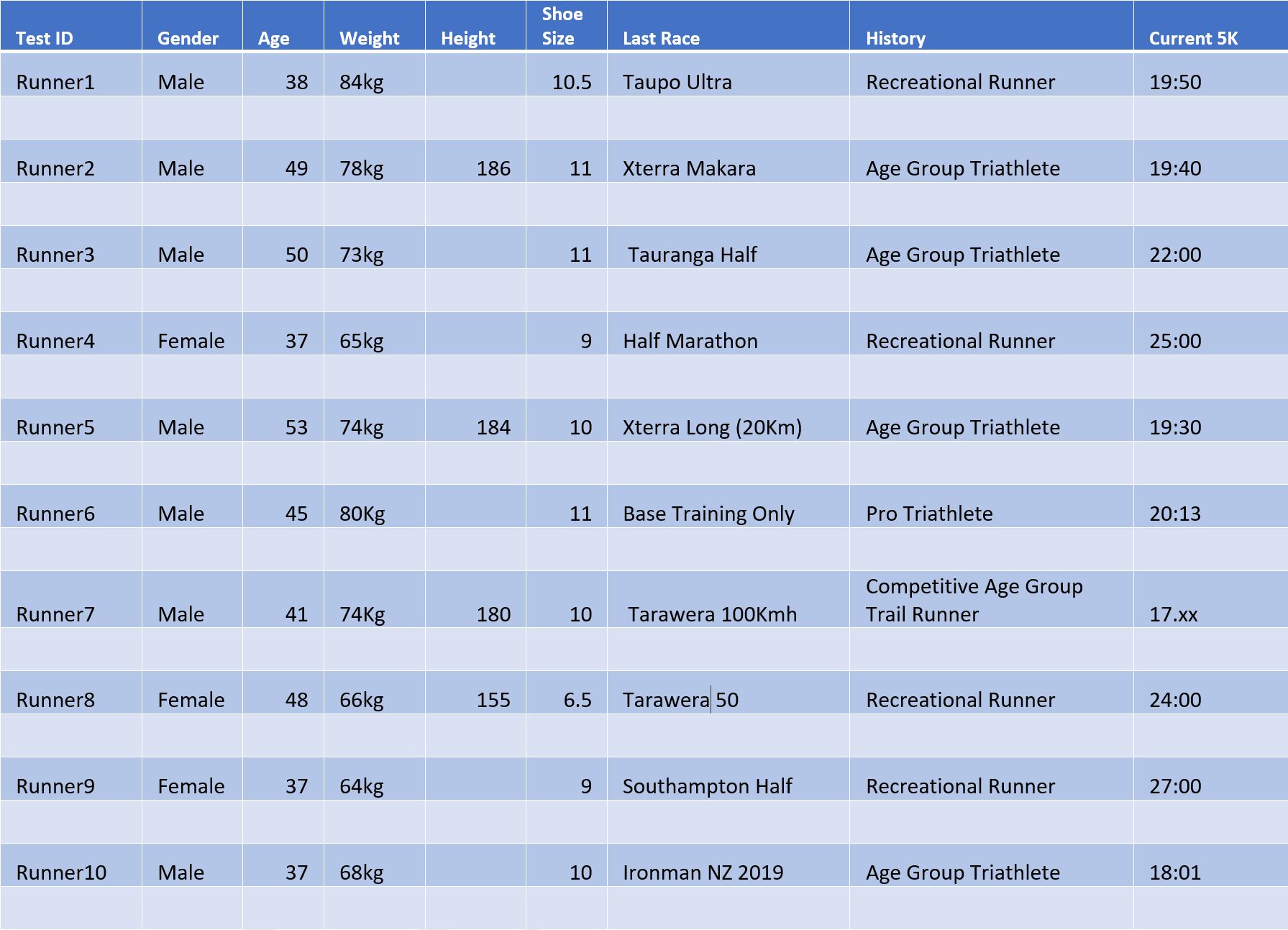
Study Results
- Graph of 12km/h moving average ( across 10 points)
- Table of summarised results across both speeds.
I think the impact of training is one area that would be useful if the data can start to link up with overall training load and help an athlete better gauge the impact of some of training sessions and also help guide easy runs to make sure they are easy. Also when you are tired this might help confirm that with lower numbers and promote resting or an easy run.”(Athlete 10)
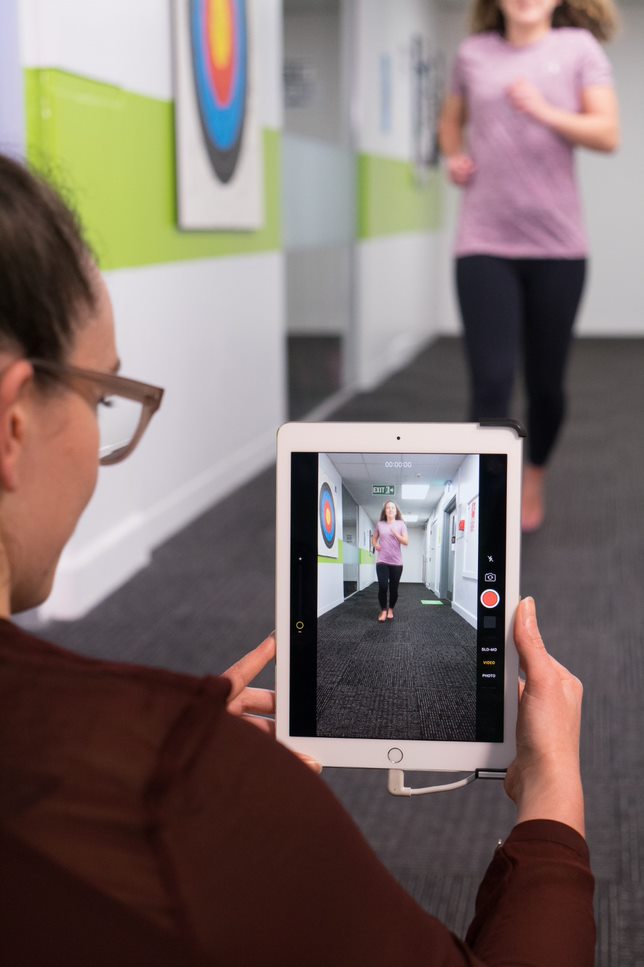
Discussion
One of the more interesting aspects of the results is that the ability to maximise RE at different running speeds, differed between athletes. Subject 5 is especially representative of this behaviour, where they exhibit a good RE at 9km/h, but the percentage of change exceeds the other subjects significantly at 12km/h.
This may be a result of either, that the runner –
- changes their technique to accommodate the higher velocity such that it is less economic at the faster pace.
- has a technique that is less efficient at higher running velocities.
The results indicate that, in a similar fashion to a swimming stroke rate ramp test to assess the sweetspots for a swimmers current technique, there is likely different velocities for each runner that maximises their economy, given their current biomechanical technique and therefore their RE values may exhibit similar curves to the swimming ramp test across different speeds
Typically, a true measurement of running efficiency or economy is not possible outside of a laboratory setting due to the requirement for gas exchange respiratory equipment to measure energy use, alongside the use of ground reaction force plates and video Gait analysis systems which are generally not portable or able to be used during exercise outside the clinical or laboratory setting.
While many strategies for gait retraining have been identified by biomechanists to improve RE, there has been no easy way to determine if these gait changes are improving any given runners RE outside of the gait lab. The proposed RE metric and associated sensor technology provide a means for a runner to more accurately assess, maintain and improve their own RE through feedback and guidance from their coach or biomechnical advisor.
- Are variations in running economy in humans associated with ground reaction force characteristics? – Heise GD, Martin PE.
- Factors Related to Top Running Speed and Economy – A. Nummela , T. Keränen , L. O. Mikkelsson
- Power and Collision Force Vectors –A comparative collision-based analysis of human gait – David V. Lee, Tudor N. Comanescu, Michael T. Butcher and John E. A. Bertram
- Differences in ground contact time explain the less efficient running economy in North African runners – Santos-Concejero J., Granados C. Irazusta J., Bidaurrazaga-Letona I.,Zabala-Lili J., Tam N., Gil S.M.
- Factors Affecting Running Economy in Trained Distance Runners – Philo U. Saunders, David B. Pyne, Richard D. Telford and John A. Hawley
- Influence of running speed of the mechanical efficiency of sprinters and distance runners. – Kaneko M., Ito A., Fuchimoto T.,Shishikura Y., Toyooka J.
- The relationship between running economy and biomechanical variables in distance runners. -Tartaruga MP1, Brisswalter J, Peyré-Tartaruga LA, Avila AO, Alberton CL, Coertjens M, Cadore EL, Tiggemann CL, Silva EM, Kruel LF.
- The effect of stride length variation on oxygen uptake during distance running. – Cavanagh PR, Williams KR.
- Foot speed, foot-strike and footwear: linking gait mechanics and running ground reaction forces Kenneth P. Clark, Laurence J. Ryan, and Peter G. Weyand*
- Relationship between distance running mechanics, running economy, and performance. – Williams K.R., Cavanagh P.R.
- A comparative collision-based analysis of human gait. Lee DV, Comanescu TN,Butcher MT, Bertram JEA. 2013
- A collisional perspective on quadrupedal gait dynamics – David V. Lee, John E. A. Bertram, Jennifer T. Anttonen,Ivo G. Ros, Sarah L. Harris and Andrew A. Biewener
